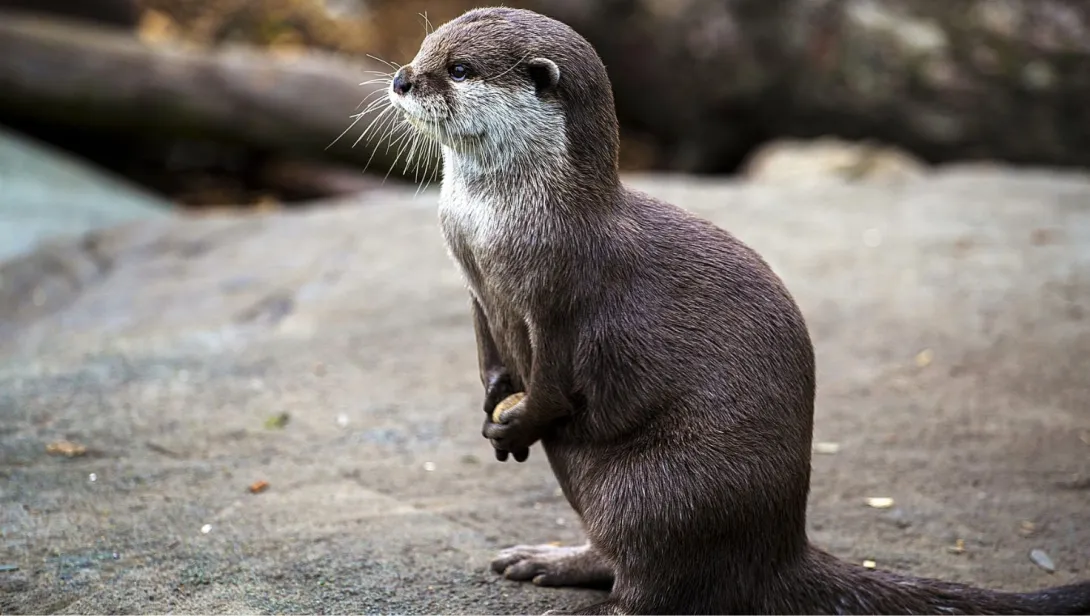Skip to main content
General Information
- Otters belong to the Mustelidae family, which includes weasels, badgers, and minks.
- They are found in freshwater and coastal habitats across North America, Europe, Asia, and Africa.
- There are 13 species of otters, including the sea otter, giant otter, and river otter.
- Otters have a streamlined body adapted for swimming and diving.
- They are highly intelligent and playful animals.
Physical Characteristics
- Otters have thick, waterproof fur that keeps them warm in cold water.
- They possess webbed feet for efficient swimming.
- Their long, muscular tail helps with balance and movement in water.
- Sea otters have the densest fur of any animal, with up to 1 million hairs per square inch.
- They have small ears and nostrils that close while underwater.
Diet and Hunting
- Otters are carnivorous and primarily feed on fish, crustaceans, and mollusks.
- They use their sharp claws and teeth to catch and eat prey.
- Sea otters use rocks as tools to crack open shellfish.
- They have a high metabolism and need to eat a lot to maintain their body heat.
- Some otters hunt in groups to increase their success rate.
Social Behavior
- Otters are highly social animals and live in family groups.
- They communicate through whistles, chirps, and body language.
- River otters are known for their playful behavior, including sliding on mud and snow.
- Sea otters often hold hands while sleeping to avoid drifting apart.
- Male otters can be territorial and may fight for dominance.
Reproduction and Lifecycle
- Otters give birth to 1-3 pups after a gestation period of 60 to 86 days.
- Pups are born blind and helpless but develop quickly.
- Mothers are highly protective and teach their young how to swim and hunt.
- Otters can live up to 10-20 years in the wild, depending on the species.
Threats and Conservation
- Otters face threats from habitat destruction, pollution, and climate change.
- They were heavily hunted for their valuable fur, leading to population declines.
- Several species, such as the sea otter and giant otter, are endangered.
- Conservation efforts include protected areas, anti-poaching laws, and habitat restoration.
- Organizations work to rescue and rehabilitate injured and orphaned otters.
Human Interaction
- Otters are popular in zoos and wildlife sanctuaries.
- Eco-tourism and wildlife documentaries help raise awareness about otter conservation.
- Efforts are being made to reduce plastic pollution that harms marine life.
- Scientific research on otters contributes to understanding marine and freshwater ecosystems.
